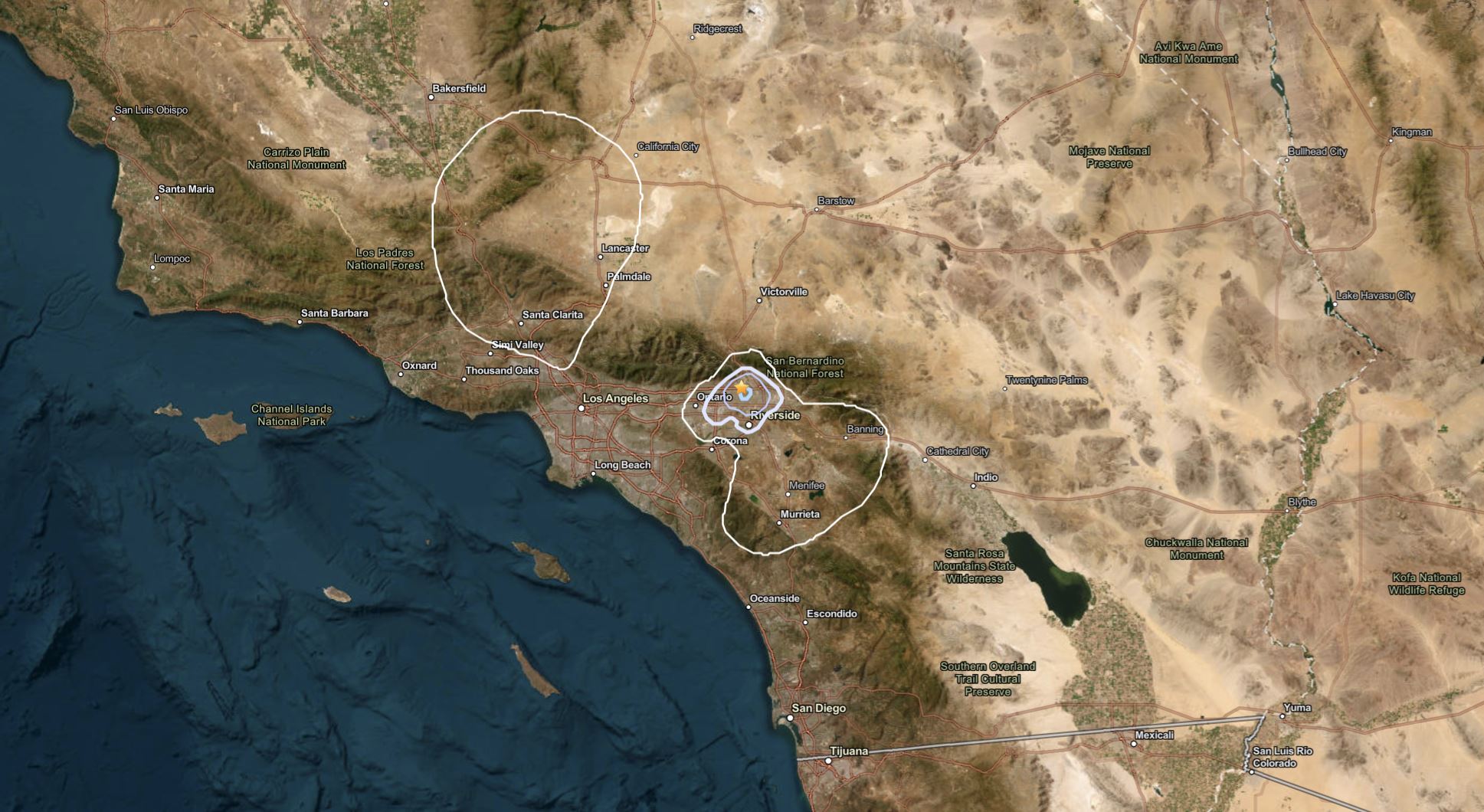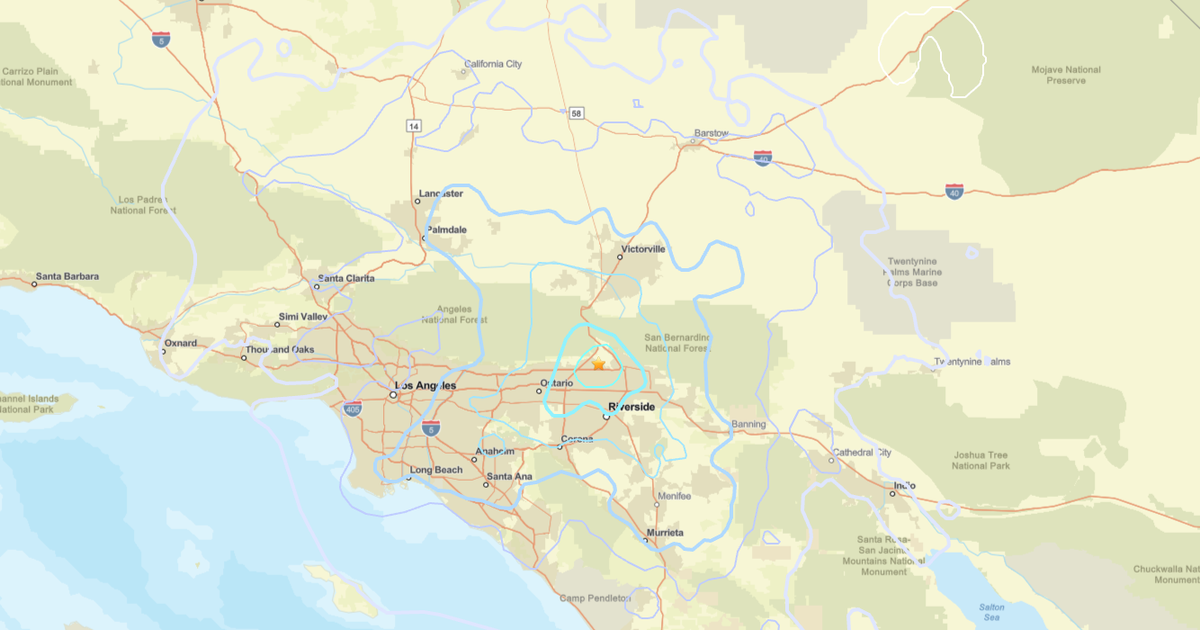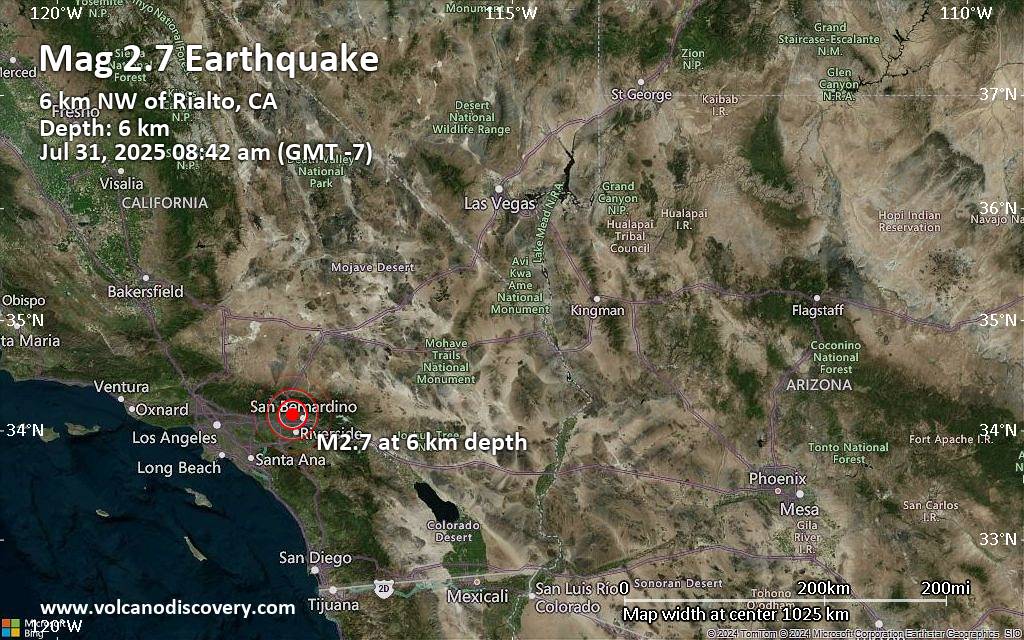A 4.3-magnitude earthquake rattled the Fontana and Rialto areas Thursday morning, sending shockwaves across Southern California. No immediate reports of damage or injuries were confirmed, but residents felt strong shaking as aftershocks followed.
The quake, centered near Muscoy, was part of a swarm of seismic activity along the Fontana Seismicity Lineation. Officials urge preparedness, reminding locals to secure furniture and review emergency plans.
This event echoes recent tremors in the region, including a 3.5-magnitude quake near Rialto last month. Stay alert for updates and safety guidelines as aftershocks remain possible.
- A 4.3-magnitude earthquake struck near Rialto, California, shaking Fontana and surrounding areas, with reports of widespread tremors in Riverside, Los Angeles, and San Bernardino counties.
- The quake was preceded by foreshocks, including a 3.0-magnitude tremor, and seismologists noted it as part of an active seismic sequence in the region.
- No major damage or injuries were immediately reported, but residents were advised to remain cautious due to potential aftershocks.
Community Reactions
コメントはまだありません
Earthquake Now Fontana: Was There Damage or Injuries?
A magnitude-4.3 earthquake struck near Rialto, just northwest of Fontana, on July 31, 2025, shaking widespread areas of Southern California. The quake was part of a swarm of seismic activity that included foreshocks and aftershocks, with the strongest tremor felt across San Bernardino and Riverside counties. Initial reports indicated no major structural damage or injuries, but minor incidents like cracked walls and fallen items were common in the epicenter area.





Areas Most Affected by the Quake
The communities of Rialto, Fontana, Muscoy, and Bloomington experienced the strongest shaking, classified as “Weak” to “Light” intensity. Residents reported:
- Swaying chandeliers
- Windows rattling
- Brief power flickers
Latest Aftershocks: How Long Will They Continue?
Over a dozen aftershocks followed the main quake, ranging from magnitude 2.5 to 3.1. Seismologists note that aftershocks typically diminish in frequency over days to weeks but can occasionally persist for months. The USGS estimates a 15% chance of another magnitude-4+ quake within the next week.








Safety Tips: What to Do When the Next Quake Hits
Drop, Cover, and Hold On remains the gold standard during shaking. Additional precautions include:
| Scenario | Action |
|---|---|
| Indoors | Stay away from windows, shelter under sturdy furniture |
| Driving | Pull over, stop, and set the parking brake |
| Outdoors | Move to open areas away from buildings/trees |
Emergency Kit Essentials
- 3-day water supply (1 gallon per person daily)
- Non-perishable food
- First-aid kit and medications
Is the “Big One” Coming? Seismic Risks in SoCal
While this swarm isn’t directly linked to the San Andreas Fault, it underscores Southern California’s perpetual earthquake risk. The 1994 Northridge quake (magnitude 6.7) caused $50B in damage—a reminder that preparedness saves lives.








Why Did My Phone Alert Come Late? Earthquake Early Warning Gaps
Many residents reported receiving ShakeAlert notifications seconds after feeling the quake. The system’s effectiveness depends on proximity to epicenters—closer areas may experience delays. Testing your phone’s emergency alerts monthly ensures functionality.
How ShakeAlert Works
- Sensors detect initial seismic waves
- Data is analyzed within seconds
- Alerts are broadcast via cellular networks
Historical Quakes in Fontana: Could This Happen Again?
Fontana’s seismic history includes:
- 1990 Upland Quake (5.2): Damaged foundations
- 2014 La Habra Quake (5.1): Broken pipelines
Recurrence intervals suggest a 30% chance of a magnitude-5+ quake in this region within 10 years.


